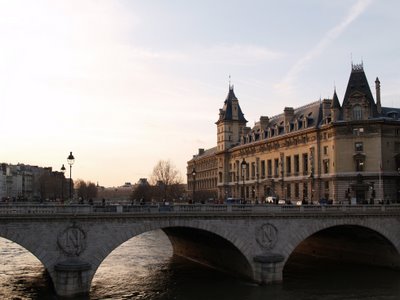For my last holiday adventure, Damjan and I visited a town called Bath. I highly recommend a visit here. Even though it was windy and cold, I had a really great time.
The best part of the visit was the free tour. Volunteers from the Bath community run tours of the town two or three times a day. You appreciate a town so much better when you walk around with a bit of knowledge. Bath looks like a beautiful 18th century town but our (extremely droll) guide allowed us to imagine what it was really like in the 18th century: building facades blackened with oil lamp smoke or covered with advertising, smelly streets, women with perfect coiffures infested with bugs and lice because they only washed their hair every few months.
This was the world of Jane Austen. It seemed more romantic in the books. By the way, although there is a Jane Austen Centre in Bath, she hated the place during the five years she lived there.
Something about picturesque towns seems to attract delicious food stores. Damo and I sampled quince jam in a cheese shop, chocolate and walnut fudge in a fudge shop, and a variety of European and Australian(!) olive oils and vinegars in a store called ‘Oil and Vinegar’. We ate Cornish pasties (my fourth for the trip) and bought greengage jam. We drank ‘Real Ale‘.
I found an art store. I loved every painting in that store. There were gingerbread men and cows.
Finally, we visited the Roman Baths that Bath is famous for. We spent two hours there, wandering around with audioguides stuck to our ears.
 | We took the train to Bath. We changed trains at a town called Didcot, which is an industrial town about an hour (?) west of London. Apparently, many people who can’t afford to live in London have homes in Didcot and they commute to London for work. |
 | There were audioguides at Château de Versailles, Musée du Louvre and many other attractions. This was the first time I used an audioguide (it was included in the entry price). I was very impressed. The recordings were clear and informative. I am now more inclined to pay the extra money for these things now. |

| The Roman Baths were a major historical find. See the upper terrace in the photo? That’s the current-day street level of Bath. Apparently, Bath used to be six metres lower than it is now. People just kept knocking buildings down and constructing on top of them. In the 18th century, some people living in terraced houses complained that that water kept seeping into their basements. The town’s chief engineer came around, dug around a bit, and lo and behold, found a huge complex of magnificent (and still functional) thermal spas! |
















